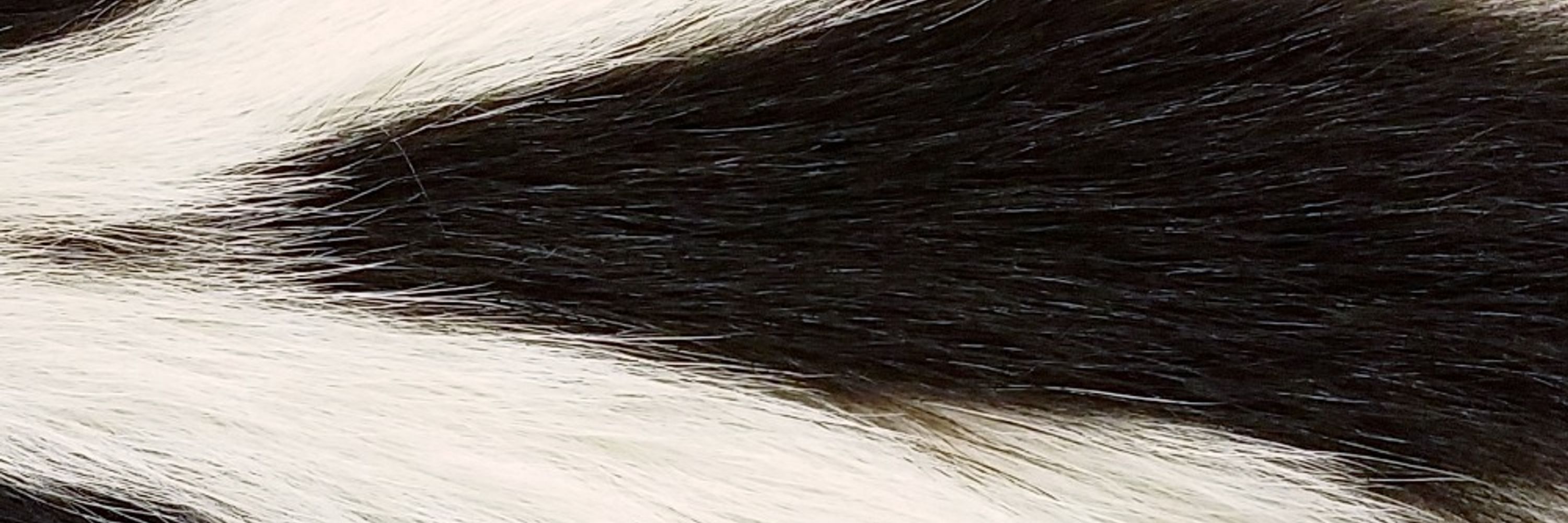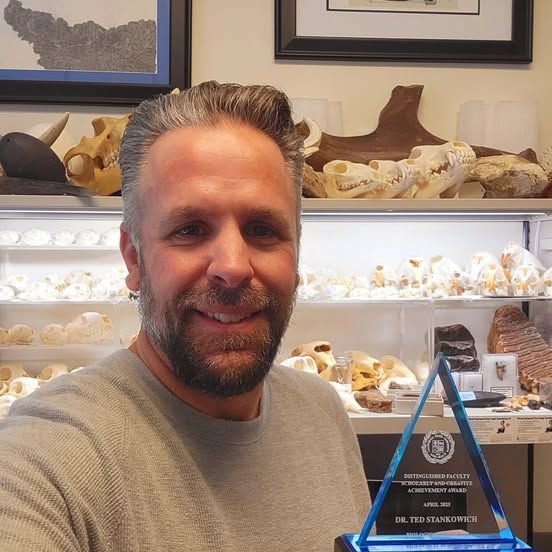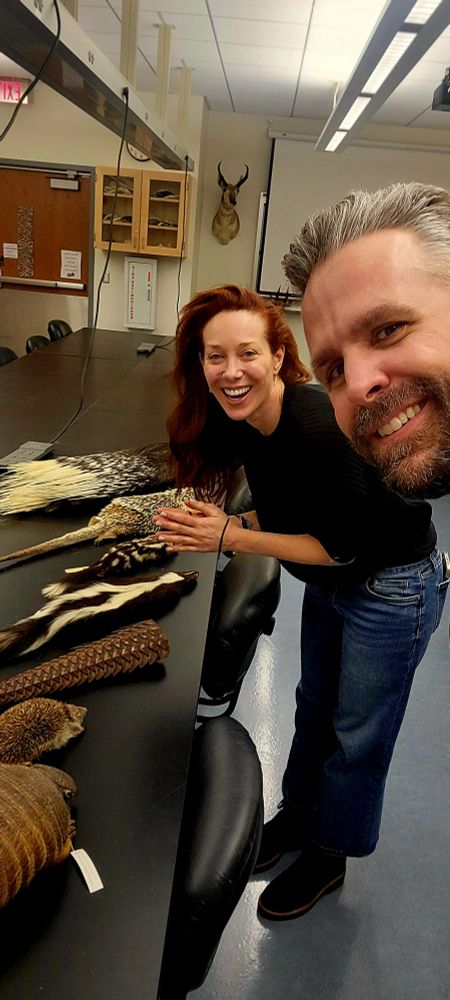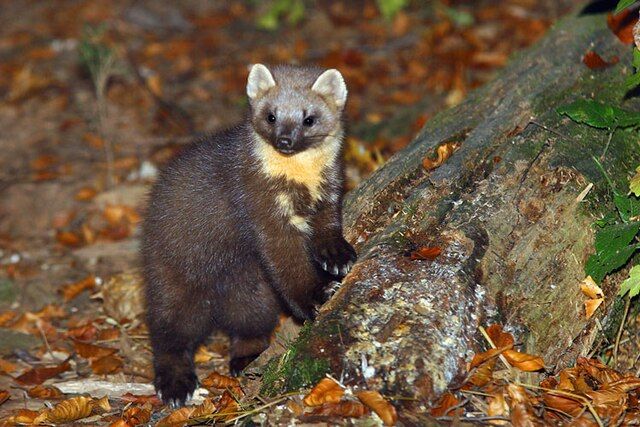Ted Stankowich
@tedstankowich.bsky.social
880 followers
470 following
170 posts
Professor & Curator of Vertebrates @ Cal State Univ Long Beach
Evol Behavioral Ecol of armor, weaponry, aposematism, antipredator behavior, urban ecology https://www.csulb.edu/mammal-lab
Creator https://themammallab.com/ an online mammalogy lab manual
Posts
Media
Videos
Starter Packs
Pinned
Reposted by Ted Stankowich
Reposted by Ted Stankowich
Reposted by Ted Stankowich

























